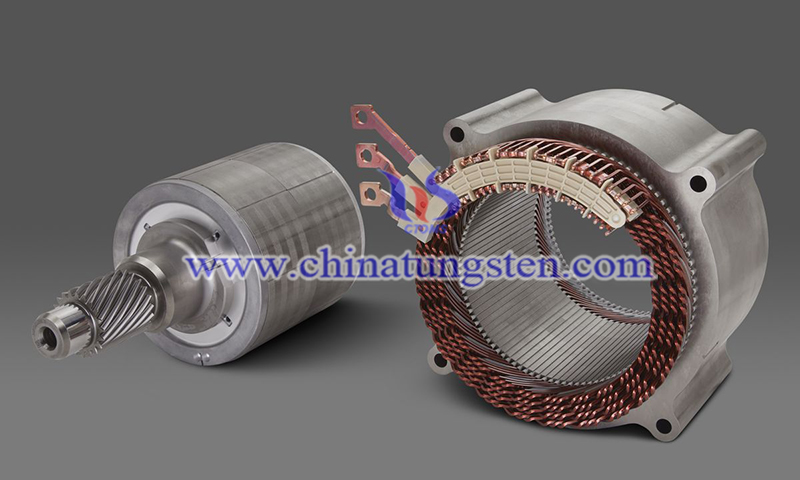General Motors Would Use Rare Earth Magnets to Make Electric Cars
- Details
- Category: Tungsten's News
- Published on Monday, 27 December 2021 15:10
Rare earth elements are used in all types of modern technology, including batteries for electric vehicles. General Motors (GM) will purchase rare earth magnets for use in electric cars. The automaker will invest in a battery cell development center in Michigan to reduce the cost of building electric vehicles.
General Motors announced earlier this year that it will stop making gas-powered vehicles by 2036. In his video series Understanding the Periodic Table, Dr. Ron B. Davis, Jr., Associate Teaching Professor of Chemistry at Georgetown University, explains what they are and why they’re in that little standalone pair of rows on the periodic table.

According to Dr. Davis, rare earth elements are already used everywhere in modern life, from headphones to wind farms. He said, "Cerium, which most people have never heard of even today, is more abundant than copper, and the top three most abundant members of that group are more common than tin or lead. And the entire group, with one radioactive exception, is more abundant than silver, and far more abundant than gold, too."
Specifically for automakers, hybrids and electric vehicles contain large batteries, usually made of "nickel-metal hydride". The "metal" in this battery is primarily lanthanum, one of the rare earth elements. Each battery that uses lanthanum uses more than 20 pounds of lanthanum, and these batteries are smaller and lighter than older lead-acid batteries.
Dr. Davis said, "To understand how elements that are so rarely talked about can be so useful, we went to region f of the periodic table, that long band of elements that is separate from the rest of the periodic table."
In other words, groups of electrons orbit the nucleus at different distances from it, just as the planets orbit the sun if there are multiple planets in each orbit. These orbits are called electron shells. Each shell can hold only a certain number of electrons. Each shell also consists of sub-shells. An f-subshell can hold up to 14 electrons.

Going back to Dr. Davis' point, the periodic table is grouped by elements that have certain orbital characteristics. All the rare earth elements in the top row at the bottom of the periodic table can go up with the other elements, just starting to the right of barium, but there is a problem which explains the demand for rare earth elements by automobile manufacturers.
Because of this strange electronic ordering, lanthanum would be classified as a different metal from the other f-group elements. "Chemically, all rare earth elements are very similar," said Dr. Davis. "Magnetically, the huge size of the f-shell gives it unprecedented optical and electromagnetic properties, thanks to the fact that magnetism is driven at its core by the presence of unpaired electrons." General Motors will also continue to use rare earth magnets to manufacture electric cars.
- Rare Earth Manufacturer & Supplier, Chinatungsten Online: www.chinatungsten.com
- Tungsten News & Prices of China Tungsten Industry Association: www.ctia.com.cn
- Molybdenum News & Price: news.molybdenum.com.cn
- Tel.: 86 592 5129696; Fax: 86 592 5129797; Email: sales@chinatungsten.com